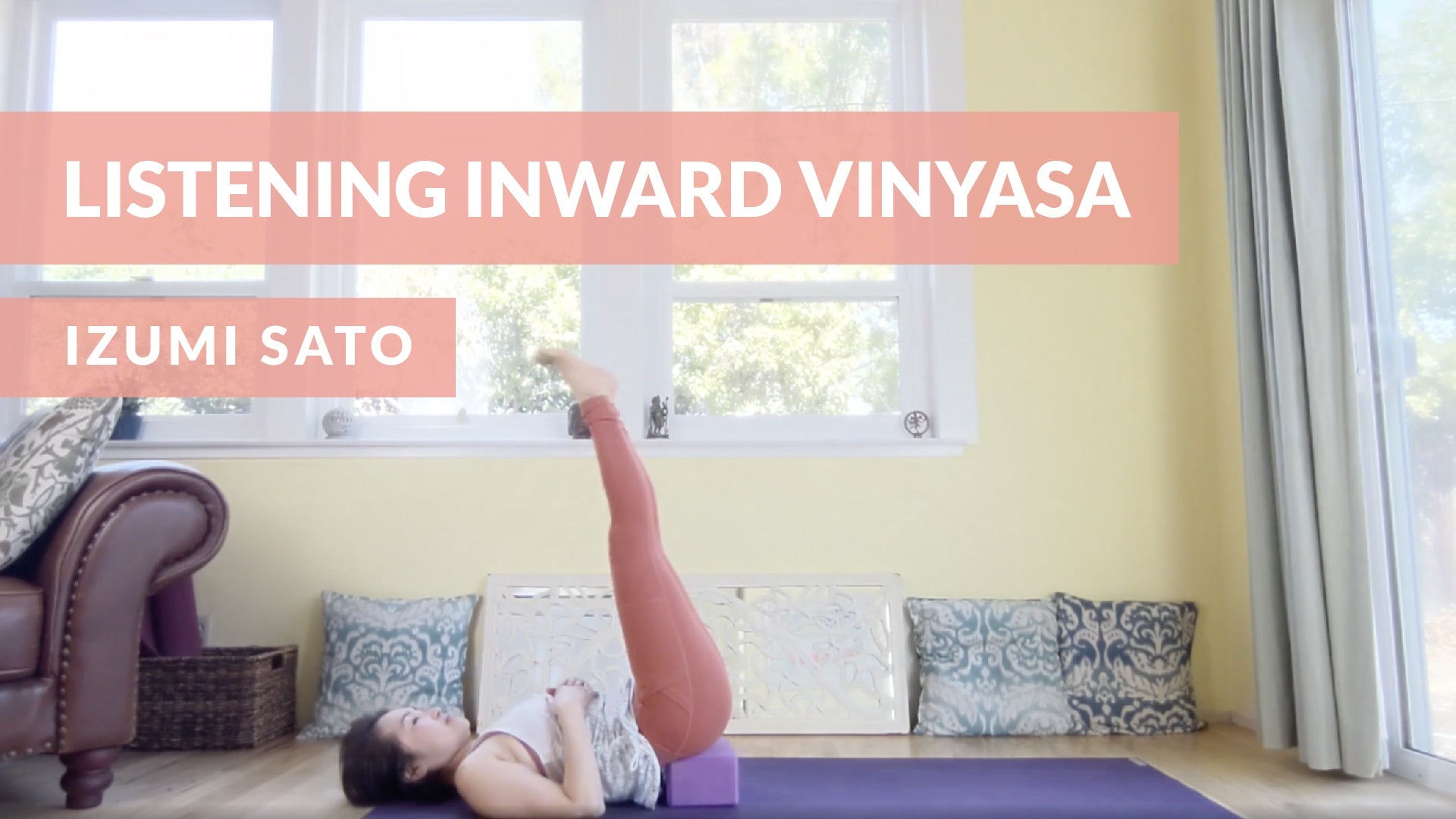Walk into any store in February and you will find plenty of gifts wrapped in pink and red paper to express (on the most superficial level) the many-layered, mysterious, and sought-after emotion of love. But what do we do when we realize these sugary treats, trinkets, and bundled flowers aren’t enough to make us truly feel loved? People say it all the time: “You have to love yourself first.” But if everyone knows this as a general tenet, why is it also well known that giving love to yourself is so hard?
About five years ago, three of my close family members passed away in the space of eighteen months: my mother, my father, and a dear aunt. Also, during that time, a significant love relationship came to an end. The shock of losing all of them in such a short amount of time sent my mind and nervous system spinning. I have always considered myself an independent person, but after they were gone, I saw unfolding before me, the numerous and complex ways in which I relied on their love, attention, and affirmation to make me whole. In despair, I found myself at times literally curled up on the floor sobbing, and at other times, feeling as if I were floating in the air with nothing to tether me to the earth.
I tried to explain my feelings to friends and family. I wanted them to make me feel better. I reached outward (not always in healthy ways) to fill all of the unloved places in me that were suddenly exposed.
Every morning at first consciousness, even before opening my eyes, a flood of negative thoughts and emotions swirled into my mind and consumed me. This was certainly the uncomfortably exaggerated example of the citta vrtti, referred to in the Yoga Sutras of Patanjali and translated as the “turnings of thought” (Miller), the “whirls of consciousness” (Feuerstein), or the “mind stuff taking various forms” (Ashrama).
I turned to loving-kindness meditation to work with calming my strong emotions and to discover more fully, through practice, this illusive self-love. Many years ago, in 1999, I learned about loving-kindness from my best friend who found solace in the works of the prolific American Buddhist nun, Pema Chödrön. If you are interested in her powerful teachings, you could start with the book Awakening Loving-Kindness or with any of her numerous videos on YouTube. There is even clinical scientific evidence that loving-kindness meditation may be an effective treatment for PTSD.
I found that when I incorporated the following loving-kindness-related practice into my seated meditation at night and in the yoga classes I was teaching at the time, it helped with my grief.
Breathe In Pain, Breath Out Love (or Breathe In Love, Breathe Out Love)
- Think of someone you love or who brings you happiness. For a few minutes, as you breathe, send love to them. Apply the same technique to someone neutral, then someone who brings up negative emotions in you. Finally, send this love to yourself.
I also started a new practice to interrupt the morning swirl:
- At first consciousness, notice the content of the mind (i.e. empty or full; words or no words) and the general quality of the body’s energy.
- Place your left hand on your heart and your right hand on your belly. Feel the warmth of your hands on the contact point. Take a deep breath and notice the movement of your hands with the breath.
- As you slowly inhale, say “I love you” plus your own name. Pause at the top of the breath, then exhale completely. Draw your navel all the way into your spine.
- Repeat ten times. If you lose track of the count before you get to ten, start again. Count from one again. Repeat until you can complete 10 full cycles of breath without losing track of your count or the sensation of breath throughout the cycle. (Ten is an arbitrary number I chose that was just challenging enough for me to build concentration. If you find your mind wanders and you never make it to ten, aim for five, full, conscious breaths. The idea is to challenge your concentration, not to defeat yourself.)
- Notice the content of the mind and quality of the body’s energy.
This practice combines the spirit of loving-kindness with building concentration by focusing on the phrase “I love you.” I don’t know where this practice came from. I may have learned it somewhere over the years, or I may have pieced it together informed by multiple sources. But, I wanted to share it with you because it is a practice that I have been able to stick with for many years. It is a great way to start the morning. (Although, recently, I have changed the mantra slightly to “I am love,” which aligns more with my current circumstance and practices.)
Loving-kindness helps us compassionately fall in love with what is and acknowledge painful situations without making ourselves or others wrong. We all want to feel loved by others. This practice has helped me experience the center point for love in my life as me. I’m not sure this is an achievement, but I will say, I can also occasionally muster minimal appreciation for the pink and red boxes at CVS in February.
















